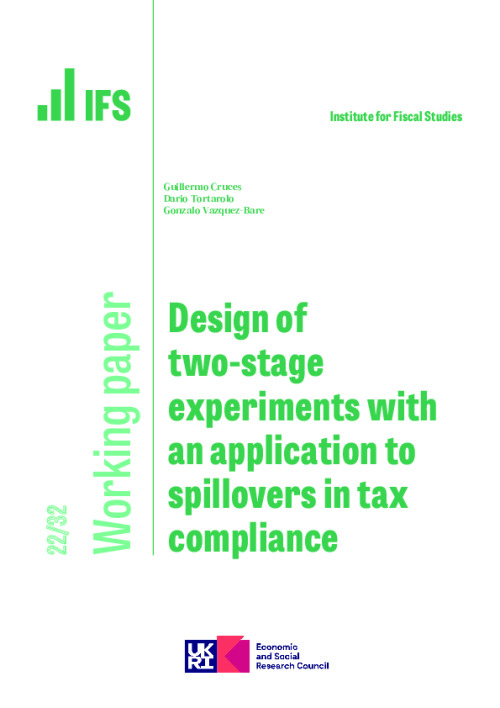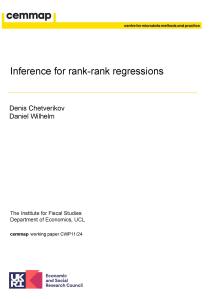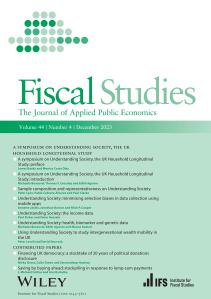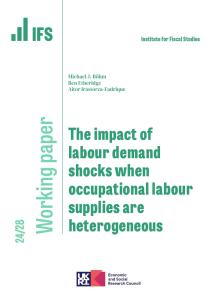We set up a framework to conduct experiments for estimating spillover effects when units are grouped into mutually exclusive clusters. We improve upon existing methods by allowing for heteroskedasticity, intra-cluster correlation and cluster size heterogeneity, which are typically ignored when designing experiments. We show that ignoring these factors can severely overestimate power and underestimate minimum detectable effects. We derive formulas for optimal group-level assignment probabilities and the power function used to calculate power, sample size, and minimum detectable effects. We apply our methods to the design of a large-scale randomized communication campaign in a municipality of Argentina to estimate total and neighborhood spillover effects on property tax compliance. Besides the increase in tax compliance of individuals directly targeted with our mailing, we find evidence of spillover effects on untreated individuals in street blocks where a high proportion of taxpayers were notified.








